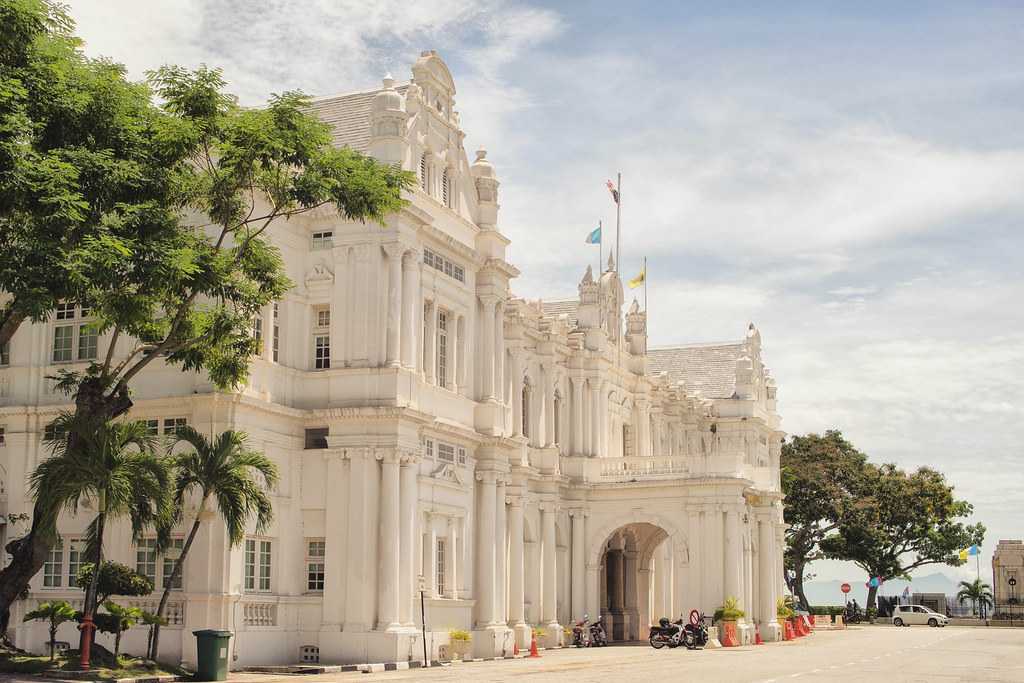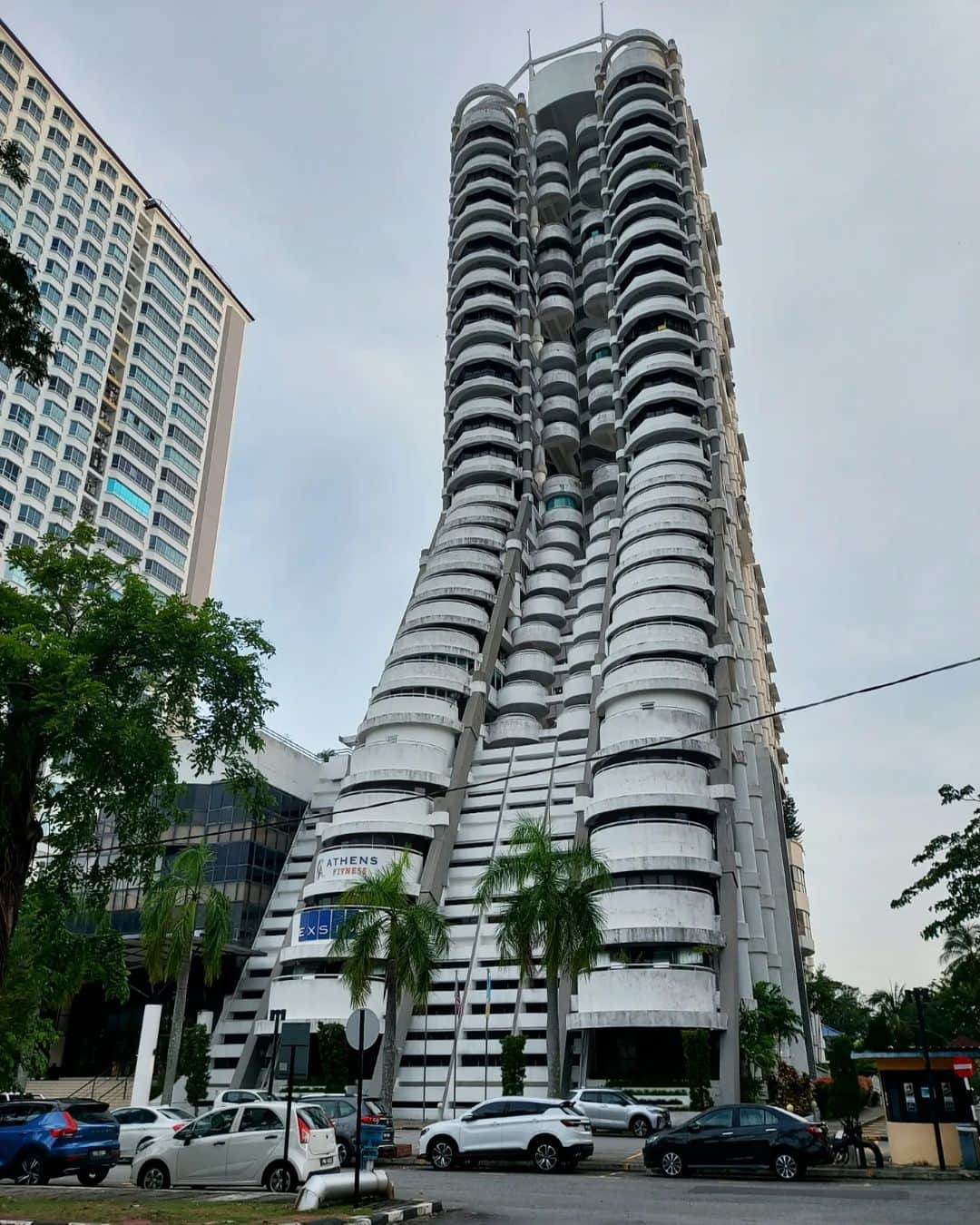
Introduction
Overview of Malaysia‘s Architectural Heritage
Malaysia’s architectural heritage is a vibrant tapestry woven from various cultures, reflecting its rich history and diverse influences. From traditional Malay wooden houses to grand colonial structures, each style tells a unique story.
This fascinating blend reveals:
- The flow of culture and traditions
- Regional variations influenced by local resources
- The historical exchanges with foreign powers
Significance of Architectural Styles in Malaysia
The architectural styles in Malaysia serve not only as aesthetic expressions but also as vital elements of cultural identity. They foster a sense of belonging and pride among the Malaysians.
For instance, visiting a traditional village house evokes feelings of nostalgia, connecting one to their heritage. Architectural significance extends beyond beauty, encapsulating the creativity, adaptability, and historical journey of its people.
Traditional Malay Architectural Styles
Rumah Kampung (Village House)
The Rumah Kampung, or village house, epitomizes traditional Malay architecture with its raised wooden structure and steep roofs. It is designed to withstand the tropical climate while providing ventilation and cooling.
Key features include:
- Elevated Platforms : Protects against flooding
- Wide Verandas : Social spaces for gathering
- Natural Materials : Wood and bamboo sourced locally
This style isn’t just functional; it’s a charm that brings back memories of family gatherings in my childhood.
Minangkabau Architecture
Minangkabau architecture is characterized by its unique buffalo-shaped roofs, symbolizing strength and resilience. Originating from the Minangkabau ethnic group, these structures highlight the importance of matrilineal heritage.
Notable aspects include:
- Distinctive Roofs : Those curved peaks are visually striking
- Large Open Spaces : Ideal for communal living
- Intricate Carvings : Embodying cultural stories and values
Seeing these houses lined along a hillside brings a sense of pride in our identities.
Malay Vernacular Houses
Malay vernacular houses showcase local adaptability and creativity. Built with materials abundant in their environment, these homes vary significantly across regions.
They feature:
- Flexible Designs : Customizable based on family needs
- Local Resources : Use of palm leaves and natural fibers
- Cultural Influence : Each design reflecting local customs and traditions
The simplicity yet elegance of these homes tells a compelling story of resilience and community.
Colonial Influences on Malaysian Architecture
British Colonial Architecture
British colonial architecture in Malaysia is perhaps the most recognizable, characterized by its grand edifices and formal design. Walking through streets adorned with these structures, one feels transported to a different era.
Key elements include:
- Georgian and Victorian Styles : Classic influences clearly visible
- Spacious Government Buildings : Designed for administration
- Use of Brick and Stone : Symbolizing permanence and authority
These buildings often remind me of history lessons, where they stood as witnesses to significant events.
Dutch Colonial Architecture
In contrast, Dutch colonial architecture is mainly found in areas like Malacca, offering a different aesthetic with its quaint, colorful facades. The influence emphasizes both functionality and charm.
Prominent features include:
- Symmetrically Designed Buildings : Reflect elegance and order
- Tall Windows and Gabled Roofs : Enhancing ventilation and style
- Cultural Blending : Showcasing local adaptations within design
Strolling through these areas reveals a beautiful blend of tradition and colonial flair.
Portuguese Colonial Architecture
The Portuguese colonial architecture is less prevalent yet equally significant, primarily evident in the historic city of Malacca. Their influence is marked by adaptive designs that reflect the fusion of cultures.
Notable aspects include:
- Fortified Structures : Such as A Famosa, showcasing military heritage
- Simple yet Functional Designs : Emphasizing utility in the tropical climate
- Cultural Syncretism : Revealing how architecture tells stories of past interactions
These influences from various colonial powers collectively enriched Malaysia’s architectural narrative, showcasing a dialogue between different eras and cultures.
Modern and Contemporary Architectural Trends in Malaysia
Skyscrapers in Kuala Lumpur
In recent years, Kuala Lumpur has become synonymous with towering skyscrapers that redefine its skyline. The iconic Petronas Twin Towers exemplify Malaysia’s modern architectural ambitions.
Key characteristics include:
- Innovative Engineering : Pushing the limits of design and technology
- Mixed-Use Developments : Combining residential, commercial, and leisure spaces
- Sustainable Designs : Emphasizing energy efficiency and green spaces
Each visit to Kuala Lumpur reminds me of how these structures symbolize national pride.
Sustainable Architecture Practices
Sustainability has emerged as a vital focus in Malaysian architecture. Many modern buildings incorporate eco-friendly elements that prioritize environmental preservation.
Important practices include:
- Green Roofs and Vertical Gardens : Enhancing biodiversity
- Natural Ventilation Systems : Reducing energy consumption
- Use of Recycled Materials : Promoting resource efficiency
Hearing about these initiatives reinforces the belief that architecture can positively impact the planet.
Fusion of Traditional and Modern Styles
An exciting trend in Malaysian architecture is the fusion of traditional and modern styles. Innovative designers are creatively blending elements from the past with contemporary aesthetics.
This fusion results in:
- Unique Architectural Expressions : Celebrating cultural heritage
- Harmonious Designs : Balancing functionality with aesthetics
- Cultural Revitalization : Inspiring pride in local traditions
Witnessing this blend in new developments evokes a deep appreciation for Malaysia’s architectural evolution, linking past with present.
Islamic Architecture in Malaysia
Influence of Islamic Design Elements
Islamic architecture hugely impacts Malaysia’s architectural landscape, reflecting not only religious beliefs but also cultural values. Elements such as intricate geometric patterns, colorful tiles, and elegant arches create a distinctive aesthetic.
Important features include:
- Calligraphy : Decorative inscriptions reflecting spirituality
- Courtyards : Promoting communal gatherings and tranquility
- Domes and Minarets : Symbolizing grandeur and serving as landmarks
These elements resonate deeply, reminding me of the serenity found in these designs.
Mosques and Islamic Centers
Mosques and Islamic centers serve as focal points in communities, promoting not just prayer but also social interaction. The architecture of these spaces often blends traditional styles with modern elements, creating striking landmarks.
Highlights include:
- Sultan Ahmed Shah Mosque : An exemplary blend of Moorish and Islamic styles
- National Mosque : Known for its stunning design and vast capacity
- Local Community Centers : Encouraging education and social programs
Visiting these mosques not only enriches one’s understanding of Islamic culture but also showcases the hospitality and warmth of the Malaysian community.
Cultural Preservation Efforts in Malaysian Architecture
Heritage Conservation Projects
Malaysia places great emphasis on heritage conservation to maintain its rich architectural history. Numerous projects aim to restore and preserve traditional buildings to ensure future generations can appreciate their significance.
Key initiatives include:
- Restoration of Historical Sites : Reviving old town areas
- Community Involvement : Engaging locals in preservation efforts
- Educational Programs : Raising awareness about architectural heritage
I’ve often participated in local heritage walks, learning firsthand about these beautiful restorations and their histories.
UNESCO World Heritage Sites in Malaysia
Malaysia is proud to be home to several UNESCO World Heritage Sites, recognizing its unique architectural heritage. These sites highlight the nation’s cultural and historical importance to the world.
Noteworthy sites include:
- George Town and Malacca : Showcasing colonial architecture and multicultural influences
- Mount Kinabalu Park : Blending nature with cultural depth
Visiting these sites brings a sense of connection to the diverse narratives that shape Malaysia’s identity, reinforcing the importance of architectural preservation.
Future Directions in Malaysian Architectural Development
Innovative Designs and Technologies
As Malaysia evolves, innovative designs and technologies are shaping the future of architecture. The integration of smart technology and sustainable practices is becoming increasingly prominent, creating a forward-thinking urban landscape.
Key trends include:
- Smart Buildings : Utilizing IoT for energy efficiency
- 3D Printing : Revolutionizing construction methods
- Adaptive Reuse : Transforming old buildings into modern spaces
Experiencing this technological shift firsthand during visits to new developments leaves a fascinating impression of what’s possible.
Urban Planning Initiatives
Urban planning is vital for accommodating Malaysia’s rapid growth while ensuring livability. Thoughtful initiatives are being developed to create harmonious communities that blend modern living with cultural heritage.
Prominent initiatives include:
- Transit-Oriented Developments : Encouraging a sustainable lifestyle
- Green Spaces and Parks : Enhancing community interactions
- Mixed-Use Developments : Promoting vibrant neighborhoods
Participating in local urban planning discussions underscores the importance of community engagement in shaping the future, ensuring that architecture not only meets contemporary needs but also respects our rich heritage.
Conclusion
Recap of Malaysia’s Diverse Architectural Styles
In summary, Malaysia’s architectural landscape is a rich tapestry woven from its multicultural influences. From traditional Malay houses to innovative skyscrapers, each style reflects a unique heritage and story. Visiting these sites has deepened my appreciation for how history and modernity can coexist beautifully.
Importance of Architectural Preservation
The preservation of this architectural diversity is crucial. It not only safeguards cultural identity but also promotes tourism and community pride.
Key reasons for preservation include:
- Cultural Identity : Maintaining a connection to heritage
- Educational Value : Enhancing understanding of history
- Economic Benefits : Attracting visitors and investment
Supporting preservation efforts ensures that future generations experience the architectural wonders that define Malaysia, creating a sense of belonging within their communities.
